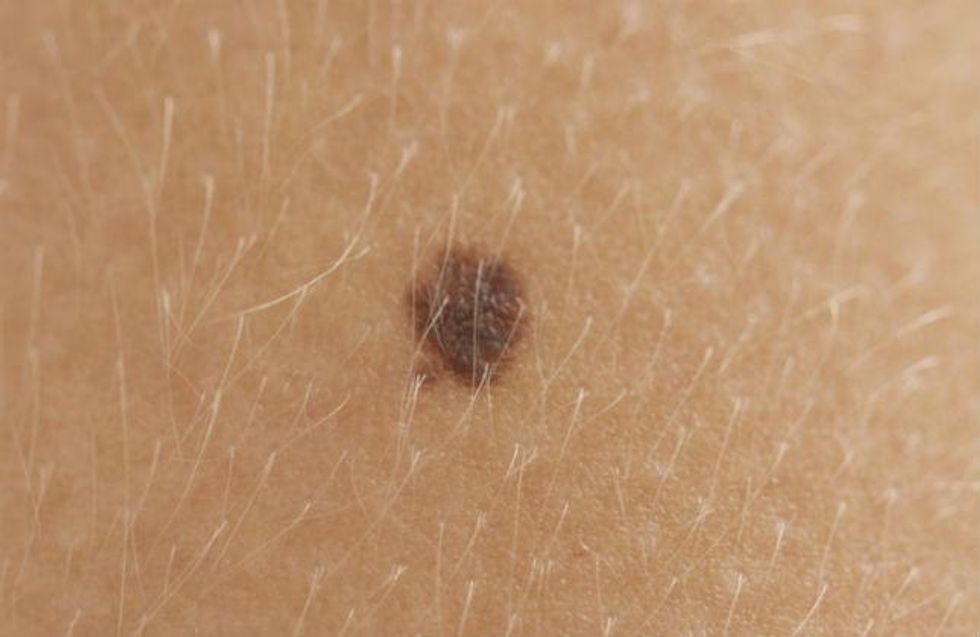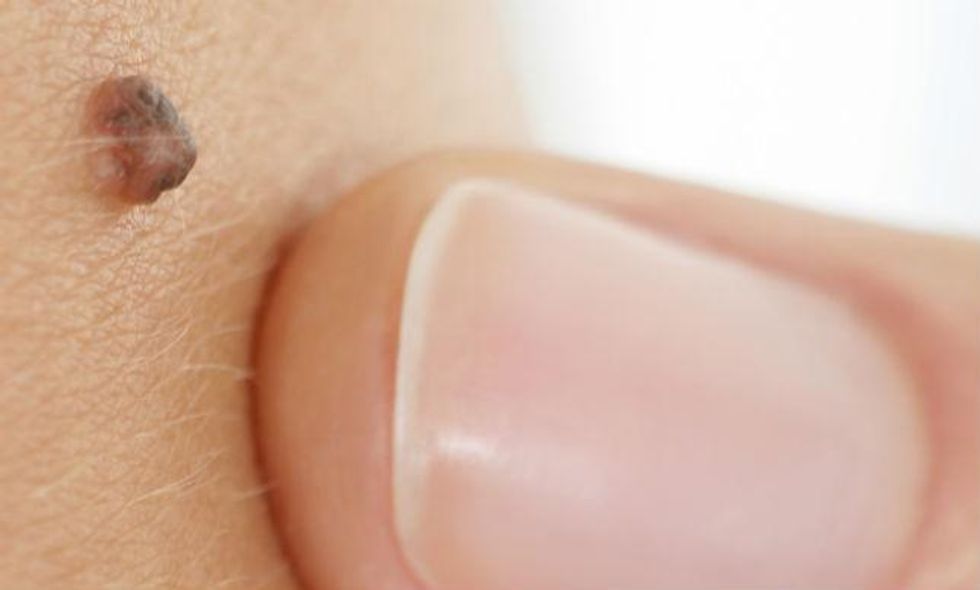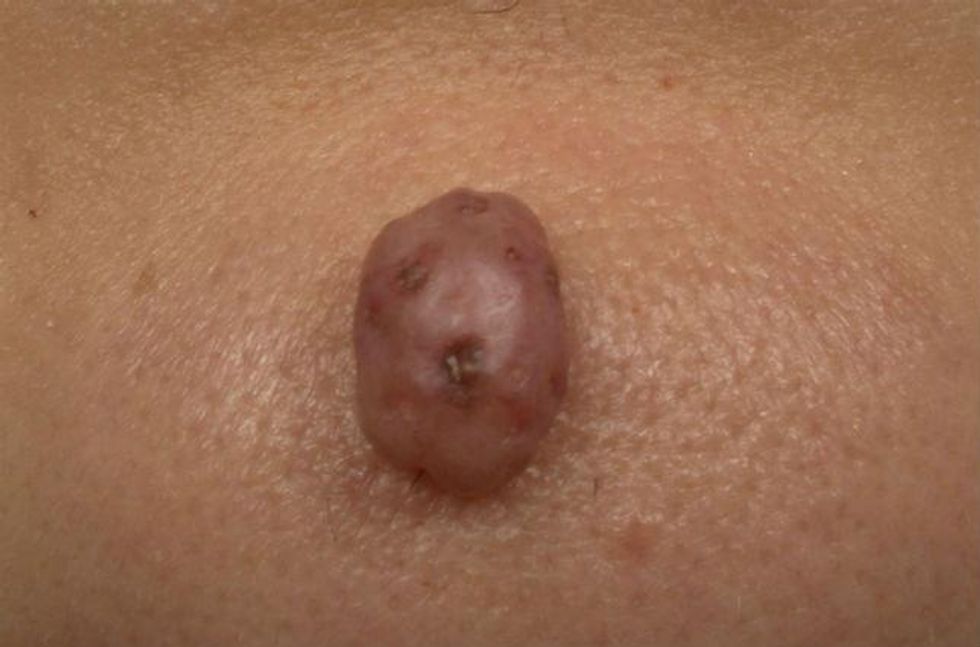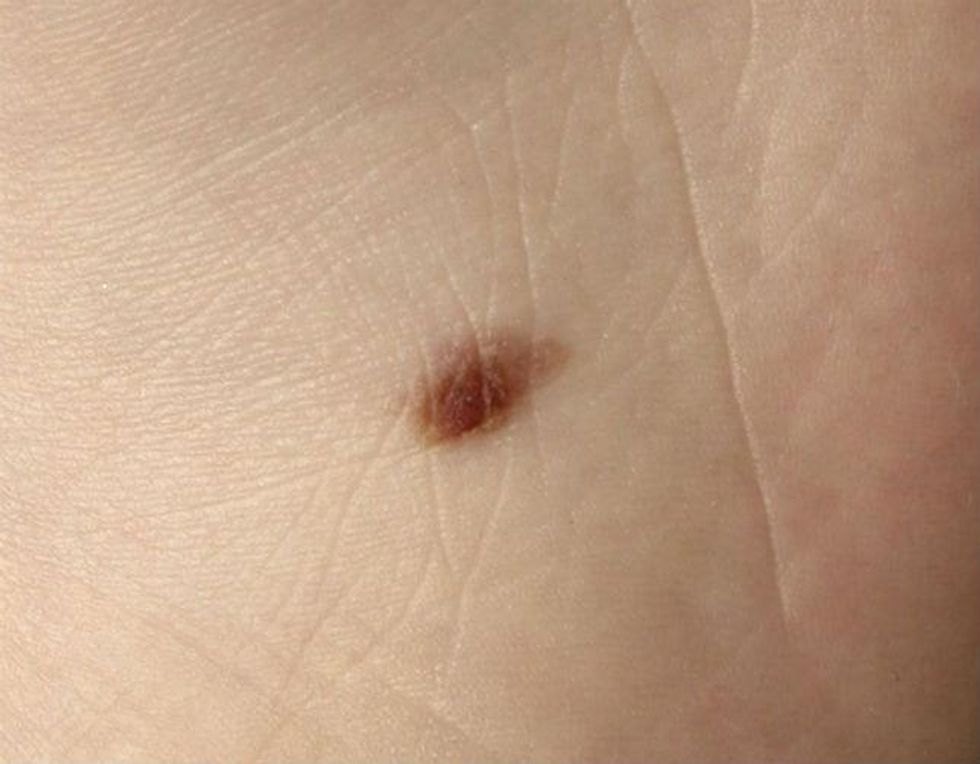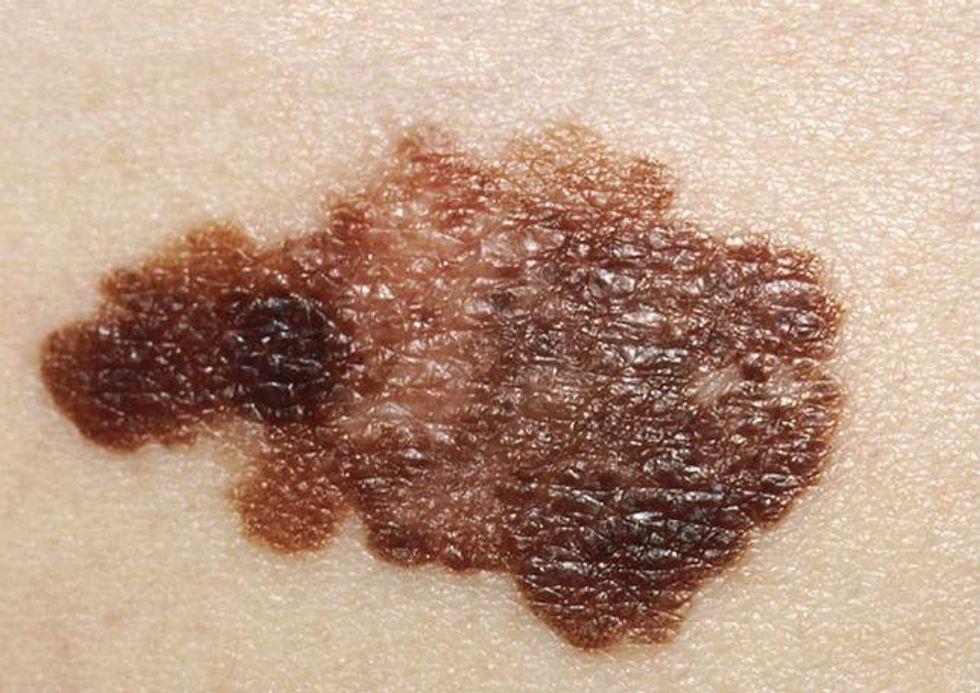Celebrities
Narjas Zatat
Apr 14, 2016
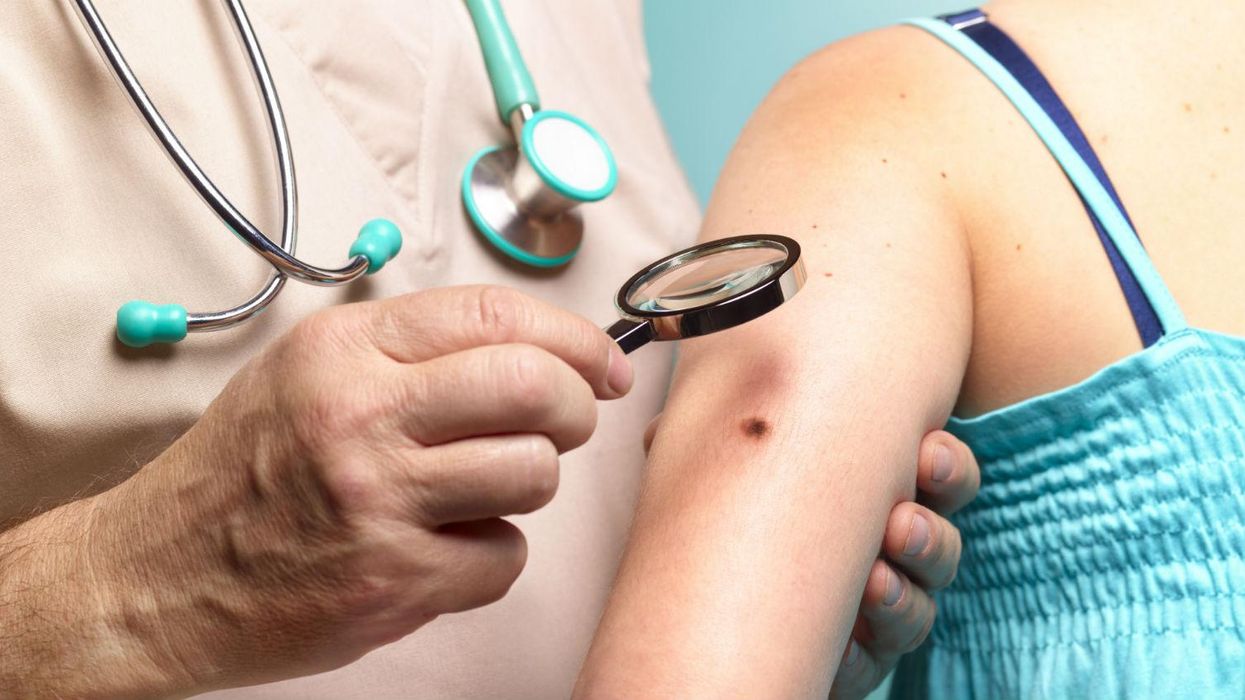
Summer is just around the corner and sunscreens are beginning to line shop shelves.
It might be a while since you've seen it, but has that mole grown or not since you looked last?
indy100 spoke to Dr Firas Al-Niaimi, a group medical director and dermatologist at sk:n, one of the UK's leading skin clinics.
What are the causes of moles?
Moles are a collection of pigment cells known as melanocytes. The normal causes for moles are genetic factors, sun exposure and on the rare occasions moles can start because of cancerous lesions otherwise known as melanoma.
What are the names/descriptions of the kinds of moles you can get on your body?
1. Junctional
These moles are fairly common, and are also referred to as "flat" moles because they're flat against the skin.
2. Compound
These are raised moles that are several shades darker than the skin.
3. Intradermal
These are similar to compound moles, except they are skin-coloured.
4. Atypical
Moles of abnormal shape or colour, they remain, nevertheless largely harmless.
5. Melanoma (skin cancer)
These are cancerous moles which can develop in a variety of ways, including from abnormal moles.
Do moles change with age?
Some may change slightly but within the normal spectrum which includes growing at a normal rate and symmetrically with no suspicious features like colour change.
Moles may grow during pregnancy and in general, moles are more common to acquire under the age of 50. Whilst it is possible for new moles to start growing over the age of 50, these should be monitored closely.
How can you tell if a mole is dangerous?
You should check your skin every few months for new moles and changes in existing ones in case of skin cancer:
If it is growing at an abnormal rate
If it appears asymmetrical or has funny ‘borders’
If it is different colour shades or appears very black/blue/grey
If it starts to bleed
If the skin has broken down to cause an ulcer
A helpful way to remember what to look for is to use the ABCDE method:
A – asymmetry B – border irregularity C – colour change D – diameter E – elevated (raised) or enlarged
What should you do if you're worried?
If you have suspicions your mole is more than it appears, get it checked out by your GP, and people who have had previous history of melanoma should get moles checked regularly.
If the mole is abnormal, the dermatologist will excise it and send it to the lab for further analysis under the microscope.
If you do have a melanoma, the main treatment is usually surgery, although treatment will depend on your circumstances. Diagnosed at an early stage this is usually successful, although you may need follow up care.
The best way to reduce your chances of melanoma is to take care in the sun: wear a high factor sun cream, avoid direct sun during the hours of 11am - 3pm, and cover up. All public health advice also warns against the use of sunbeds.
More: This junior doctor's powerful letter has a stark warning for Jeremy Hunt
Top 100
The Conversation (0)
